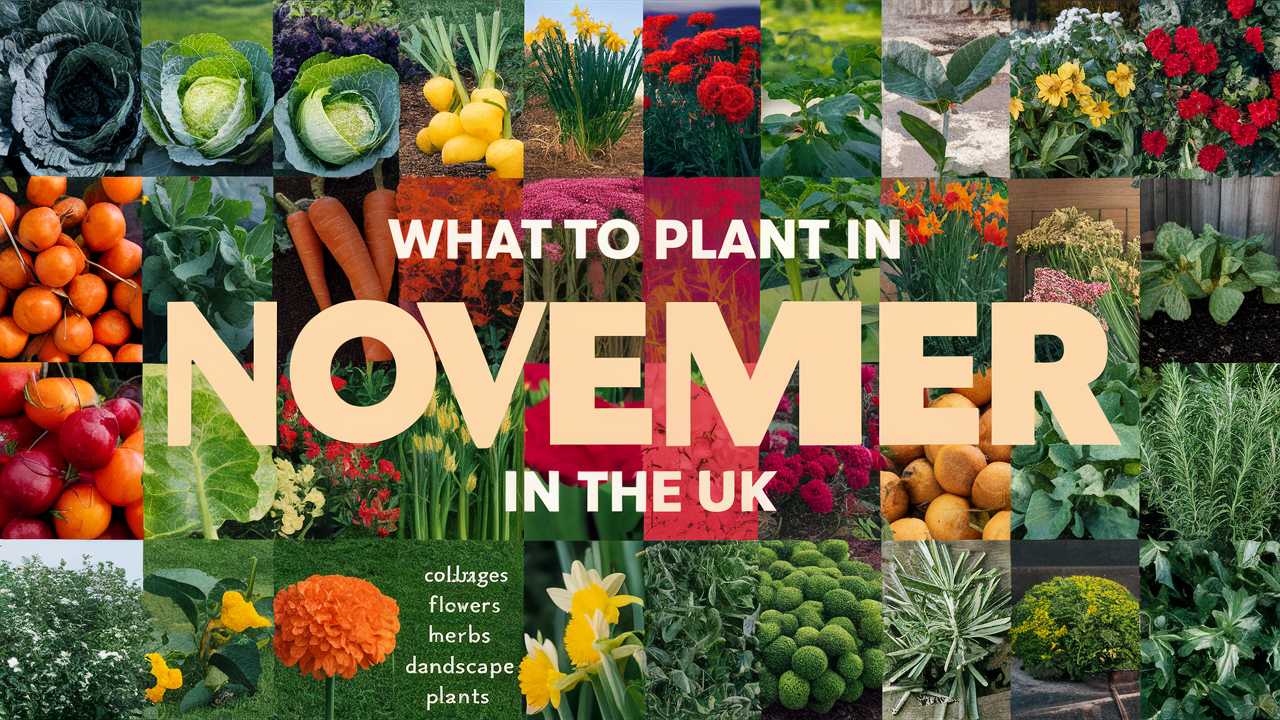November ushers in a notable transition in the UK’s gardening calendar. The days grow shorter, temperatures drop, and the gardening focus shifts from summer blooms to preparations for winter and early spring. Despite these changes, there’s still a plethora of vegetables, flowers, herbs, and landscape plants that can thrive if planted in November.
This guide explores what you can plant during this month across various growing zones in the UK.
Vegetables To Plant
Planting in November may seem challenging due to the chill in the air, but several hardy vegetables can be sown during this time, particularly in milder regions. The following ten vegetables are suitable for November planting, along with crucial details about their growing conditions.
Garlic
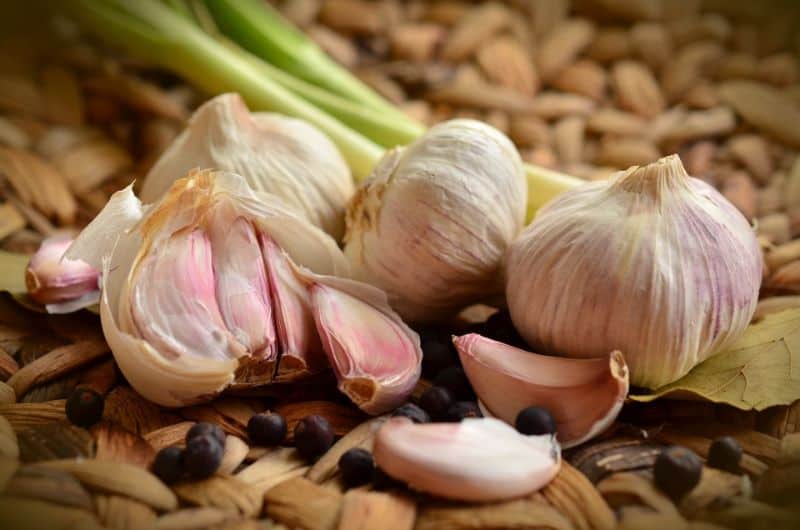
Garlic is a versatile and hardy bulbous plant that thrives best when planted in the autumn. Ideally, sow garlic in the second half of November for optimal growth.
Temperature Tolerance: Garlic can tolerate frost and actually benefits from exposure to cold as it helps to promote bulb formation.
Growing Zones: While garlic can be grown throughout the UK, regions with milder winters, such as the southwest, tend to yield better results.
For planting, choose well-drained soil and ensure each clove is around 2 inches deep, spaced 6 inches apart.
Onions
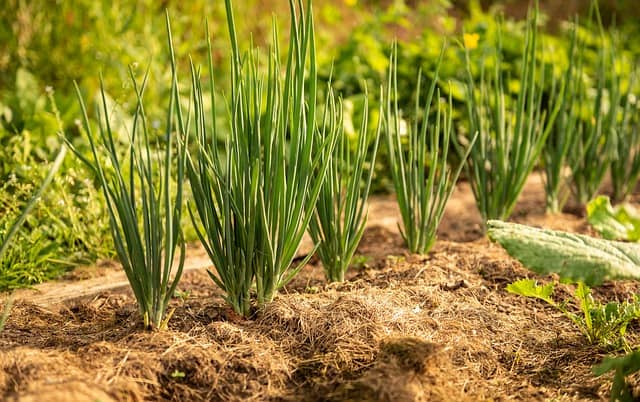
Like garlic, onions can be planted in November to produce overwintering sets. This method ensures an earlier harvest in the following summer.
Temperature Tolerance: Onions are frost-resistant; however, it’s best to plant when the soil temperature is above 5°C.
Growing Zones: Suitable across most UK regions, with careful attention in areas prone to heavy frost.
Select onion sets for planting between October and November to enjoy a continuous supply of these kitchen staples.
Broad Beans
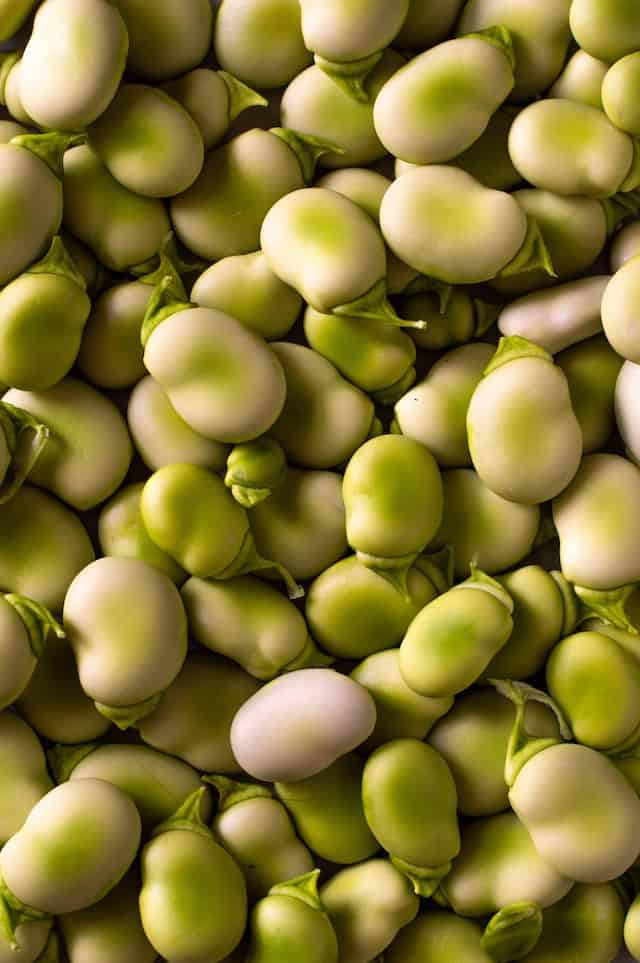
Broad beans are another excellent vegetable choice for November planting. They are incredibly hardy and can produce impressive yields.
Temperature Tolerance: These beans can withstand temperatures as low as -5°C.
Growing Zones: Broad beans flourish throughout the UK, making them an excellent fit for various climates.
For successful growth, sow seeds about 2 inches deep and 8 inches apart in well-drained soil. Providing some winter protection, like a cloche, can be advantageous.
Kale
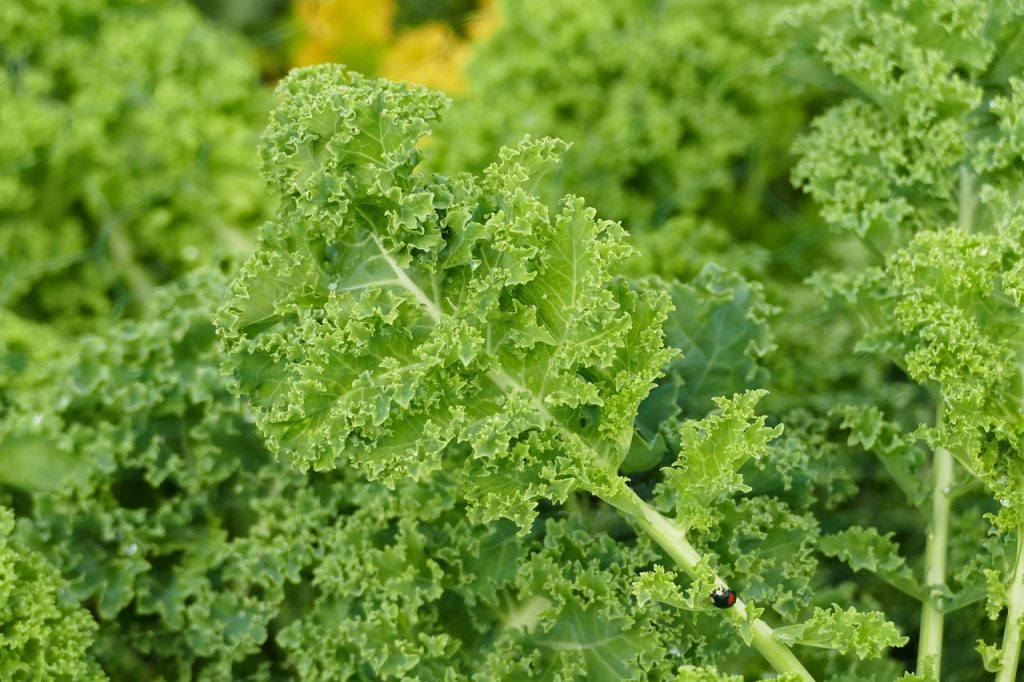
Kale is renowned for its resilience in winter months. This leafy green is packed with nutrients and can be harvested throughout the cold season.
Temperature Tolerance: It is frost-hardy and can survive temperatures down to -10°C.
Growing Zones: Thrives in all parts of the UK, especially in protected or sheltered areas.
Space plants 30cm apart, and consider planting kale varieties like ‘Winterbor’ or ‘Nero Di Toscana’ for enhanced hardiness.
Carrots
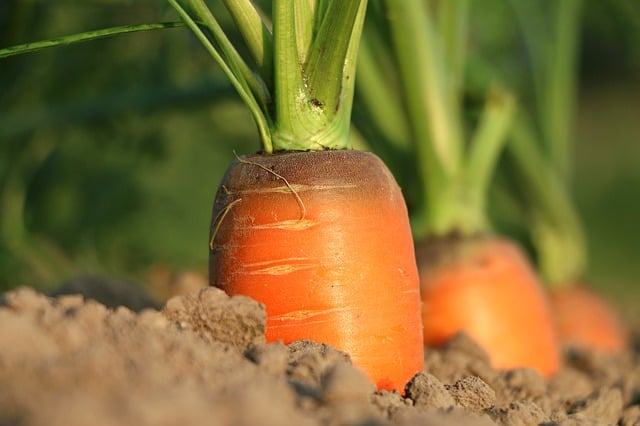
Carrots can be sown late in November for an early spring harvest. Use hardy varieties that tolerate cold conditions.
Temperature Tolerance: While seeds germinate best in warmer soils, mature carrots can withstand frost.
Growing Zones: Suitable across the UK, from south to north.
Sow carrot seeds thinly in well-draining soil with a depth of about 1/4 inch. They store well in the ground when temperatures dip further.
Swiss Chard
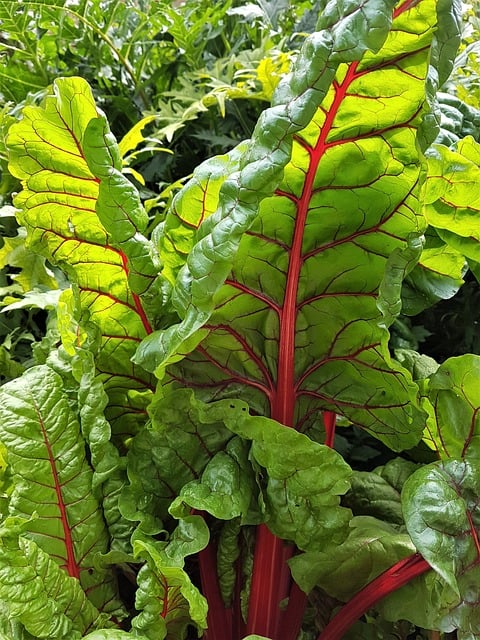
Swiss chard is both hardy and colourful, bringing visual interest to your winter garden.
Temperature Tolerance: It withstands frosts, and leaf flavour can improve after exposure to cold.
Growing Zones: Ideal for all UK regions, particularly where the soil can be kept warm.
Plant the seeds 1/2 inch deep and 6 inches apart. This leafy green will add resilience and beauty to your winter landscape.
Peas
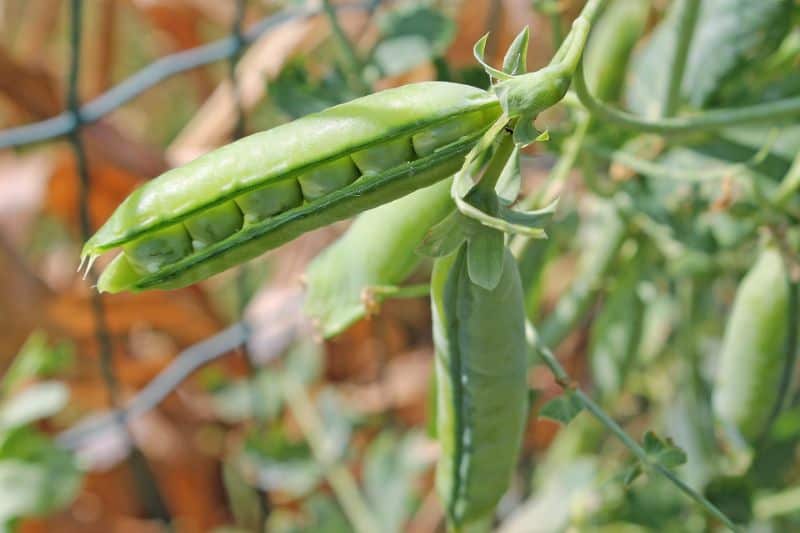
Sowing peas now will lead to an early start in spring. Use robust varieties suitable for autumn planting.
Temperature Tolerance: Fresh plantings can withstand winter frost.
Growing Zones: All of the UK, especially in southern parts with milder winters.
Sow seeds 2 inches apart and in well-drained soil. Mulching may be beneficial to preserve soil warmth.
Mustard Greens
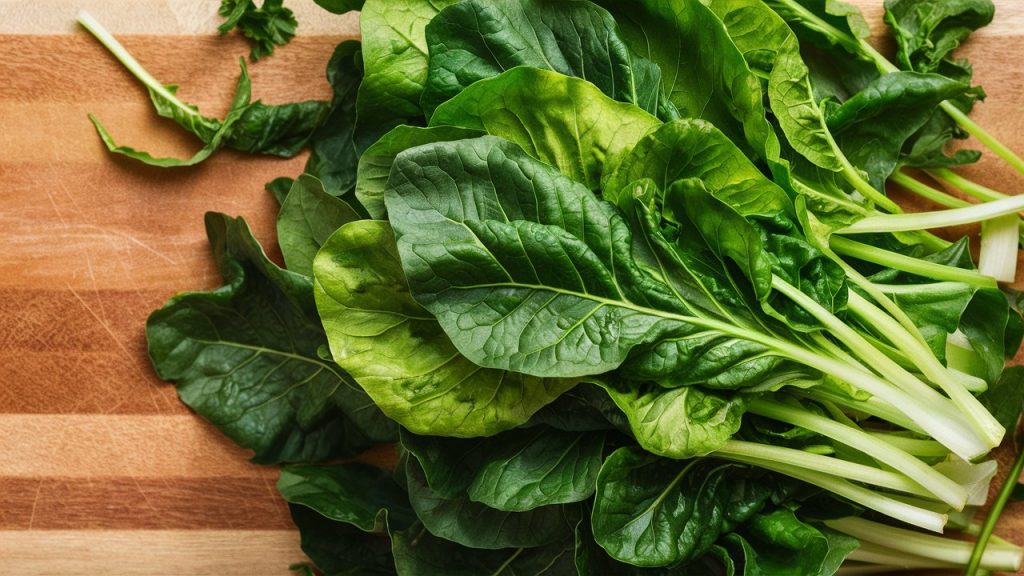
Mustard greens are fast-growing, nutrient-rich greens that can be planted in November. They can thrive even in cooler weather.
Temperature Tolerance: They can handle frost and low temperatures well.
Growing Zones: Suitable throughout the UK with varying results depending on local conditions.
Plant seeds 1/4 inch deep. Mustard greens will sprout quickly and can be harvested young for salads.
Celery
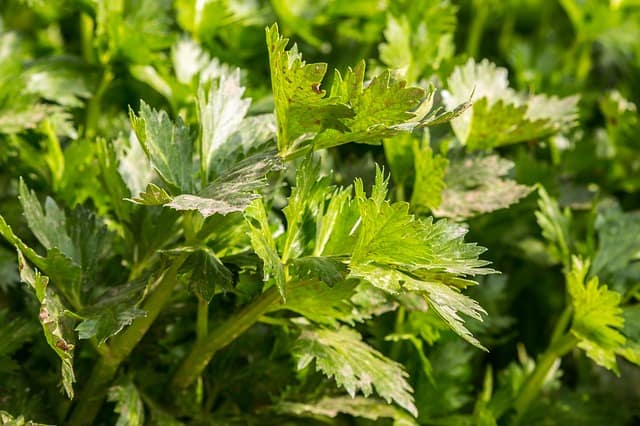
While more typically a spring and summer crop, certain varieties of celery can also be overwintered and harvested in the spring.
Temperature Tolerance: Celery is less frost-resistant, so use varieties specifically bred for overwintering.
Growing Zones: Best in southern and coastal regions of the UK where winters are milder.
Space celery plants approximately 30 cm apart, ensuring the soil is rich and moisture-retentive.
Flowers To Plant
While most flowers are usually sown in spring or summer, November is a prime time to plant some hardy varieties that will bloom beautifully come spring or early summer. Here are ten flowers to consider for a November planting.
Pansies
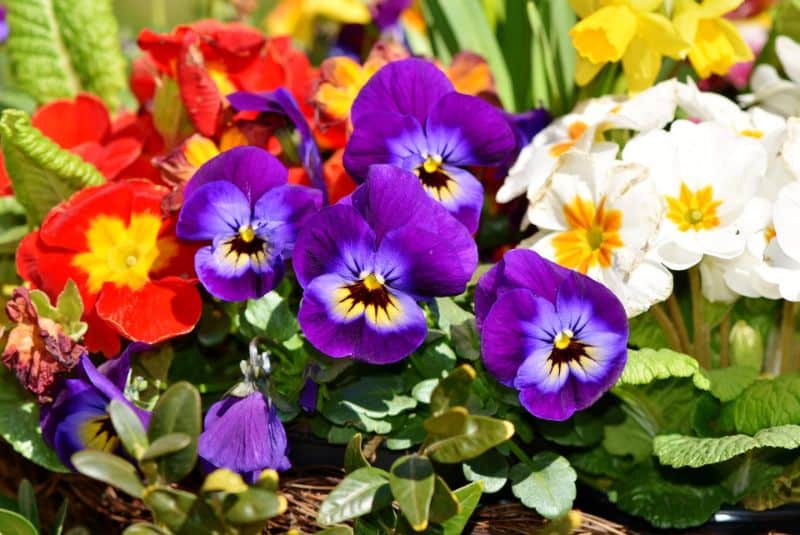
Pansies are a popular choice for autumn and winter planting due to their vibrant colors and ability to survive cold weather.
Temperature Tolerance: They can thrive in temperatures as low as -5°C.
Growing Zones: Well-suited for all regions in the UK.
Plant pansies in well-drained soil, ideally in clusters for a stunning effect. Water them well to establish roots before the colder months.
Primroses
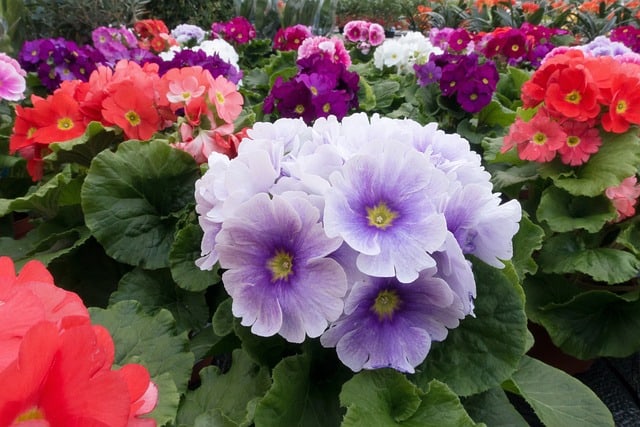
Primroses herald the arrival of spring and can be sown in November for an early bloom.
Temperature Tolerance: These hardy flowers can handle frosty conditions.
Growing Zones: They can be grown in various UK regions.
Choose a partly shady spot for planting primrose seeds about 1/4 inch deep and ensure good drainage to prevent rot.
Violas
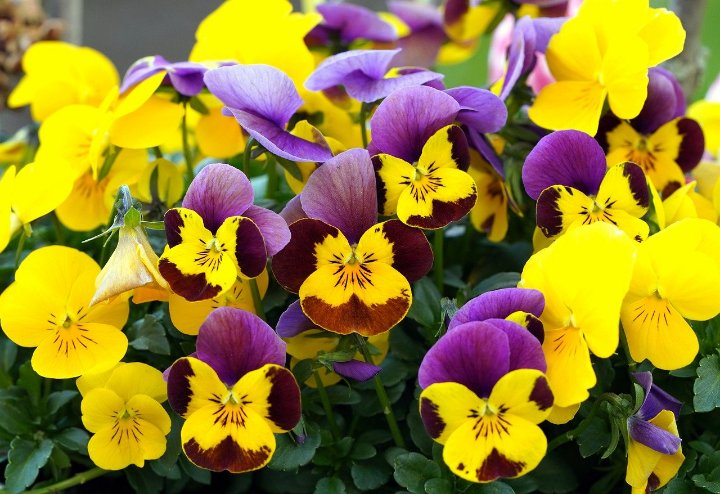
Similar to pansies but smaller, violas offer a range of colors and are excellent for mild winter planting.
Temperature Tolerance: They endure cold temperatures and even benefit from frost.
Growing Zones: Ideal for all parts of the UK.
Plant them in clusters to create a dense floral display, spacing them about 8 inches apart for sufficient airflow.
Wallflowers
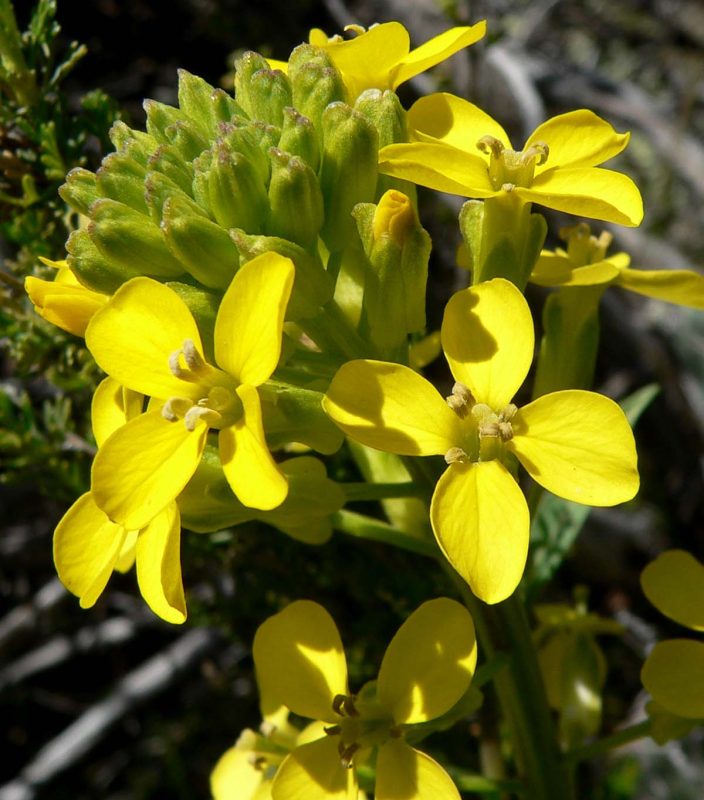
Wallflowers bloom in the spring and fill gardens with delightful fragrances.
Temperature Tolerance: They can withstand cold temperatures and frosts.
Growing Zones: Thrives across the UK, particularly in coastal areas.
Plant wallflower seeds ideally in well-drained soil, approximately 1/2 inch deep, and 12 inches apart for optimal growth.
Sweet William
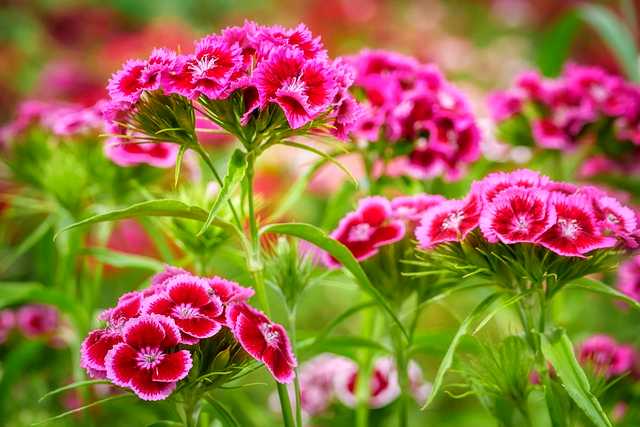
Sweet William provides vibrant blooms, perfect for adding color to your late autumn garden.
Temperature Tolerance: It can enjoy overwintering frosts, enhancing spring florals.
Growing Zones: Suitable for most parts of the UK, particularly in milder areas.
Space seeds about 12 inches apart in rich, well-drained soil.
Foxgloves
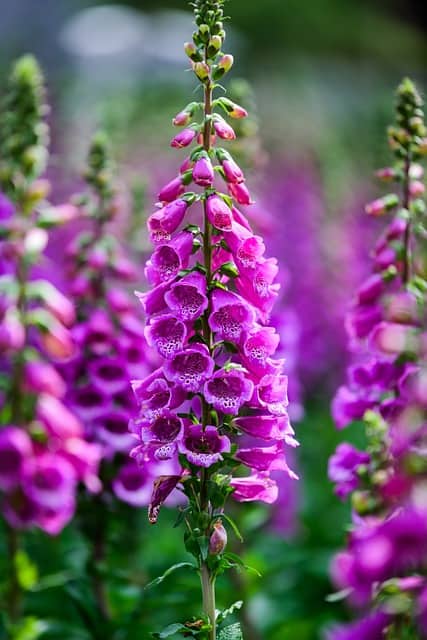
Foxgloves are biennial plants, producing striking towers of blooms in the second year. They can be planted now for beautiful results in the spring.
Temperature Tolerance: Tolerant to colder temperatures but prefer organic-rich soil.
Growing Zones: Suitable for damp, shaded areas in most of the UK.
Plant seeds 1/8 inch deep, and provide moisture for successful germination.
Tulips
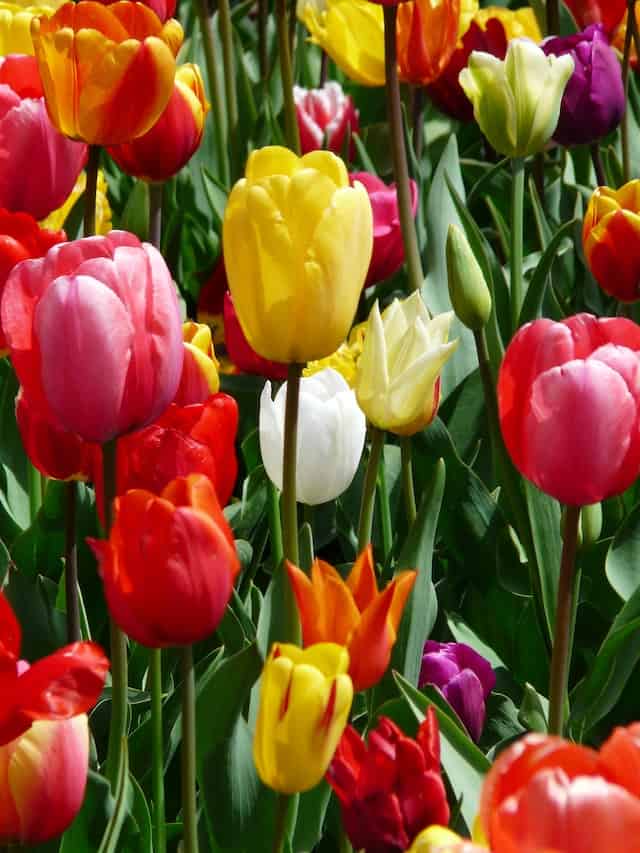
While generally bulb plants for early spring bloom, November is the perfect time to plant various tulip bulbs, especially in colder regions where frost sets in.
Temperature Tolerance: Tulip bulbs require a chilling period but should be planted before severe frost.
Growing Zones: Tulips grow well in much of the UK, especially in southern regions.
Plant bulbs at a depth of 3-4 inches and space them 6 inches apart for a stunning spring display.
Daffodils
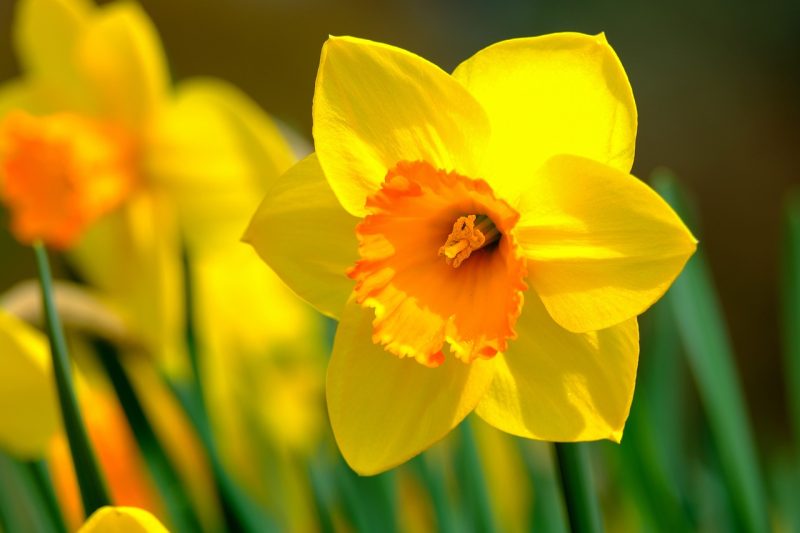
Daffodils, like tulips, are also spring-flowering bulbs best planted in November as they acclimatize well to cooler soil conditions.
Temperature Tolerance: They tolerate frost and thrive best when given a cold period.
Growing Zones: Suitable throughout the UK.
Bulbs should be planted around 6 inches deep and spaced about 4 inches apart to allow for adequate air circulation.
Crocuses
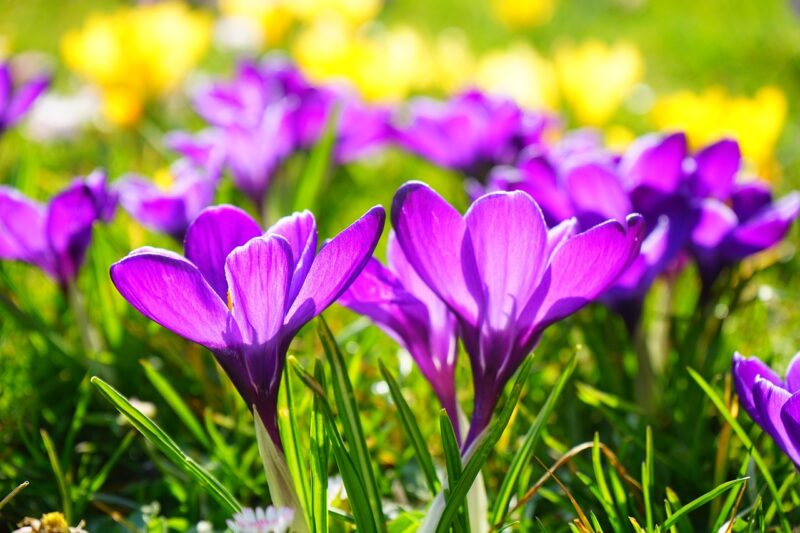
Crocuses are known for their early spring blooms and are perfect for planting in November.
Temperature Tolerance: They can withstand light frost, making them ideal for early spring.
Growing Zones: Suitable for most UK regions, especially in well-drained, sunny spots.
Plant corms about 4 inches apart and at a depth of 3 inches for vibrant February and March flowers.
Aconites
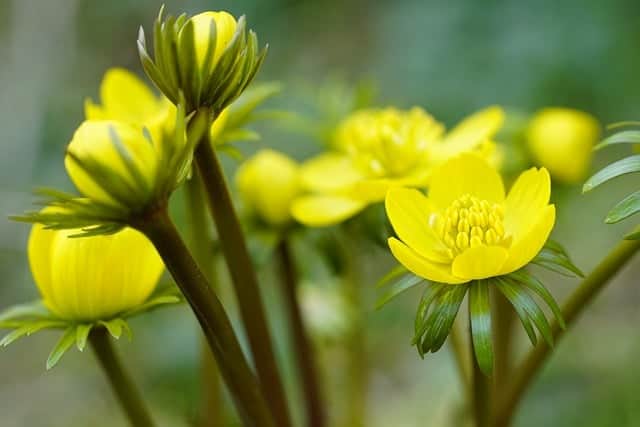
Aconites bloom early in the spring with their stunning yellow flowers and are easy to grow even when planted late.
Temperature Tolerance: Hardy enough to thrive through frost.
Growing Zones: They can adapt to various parts of the UK.
These tubers should be planted around 3-4 inches deep in well-drained soil for best results.
Herbs To Plant
Herbs are not only practical but can also provide a fragrant experience in a garden environment. November may not traditionally be considered herb-planting time, but certain perennial herbs can be planted now, offering a robust start come spring.
Chives
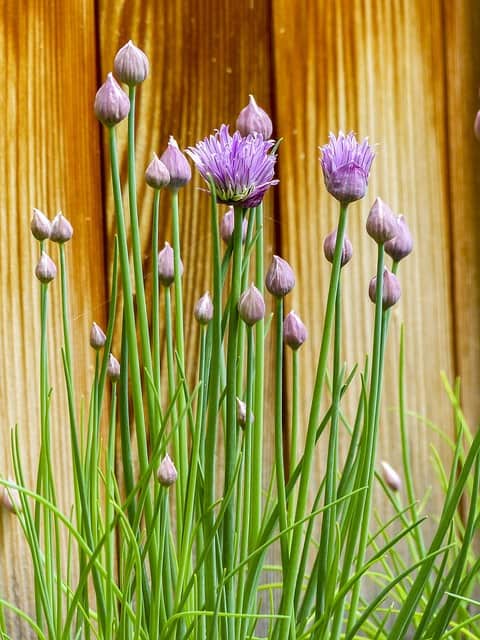
Chives are a perennial herb that can withstand cold and provide fresh greens throughout the year.
Temperature Tolerance: Chives can survive frost and become more flavorful after exposure to cold.
Growing Zones: Ideal for all regions of the UK.
Plant chive seeds or divisions 1/4 inch deep and allow for adequate spacing of 8-12 inches.
Thyme
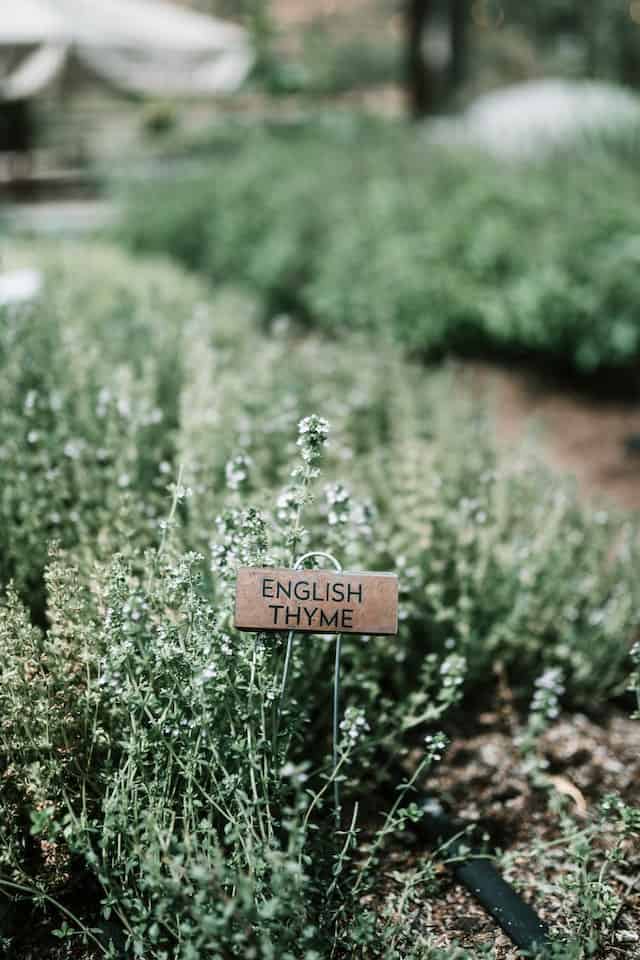
Thyme is another hearty herb that thrives in cooler weather, making November an excellent time to plant.
Temperature Tolerance: Thyme can endure frosts and will recover quickly in spring.
Growing Zones: Suitable for most regions of the UK.
Plant thyme seeds 1/4 inch deep in well-drained soil. It can also be propagated from existing plants.
Oregano
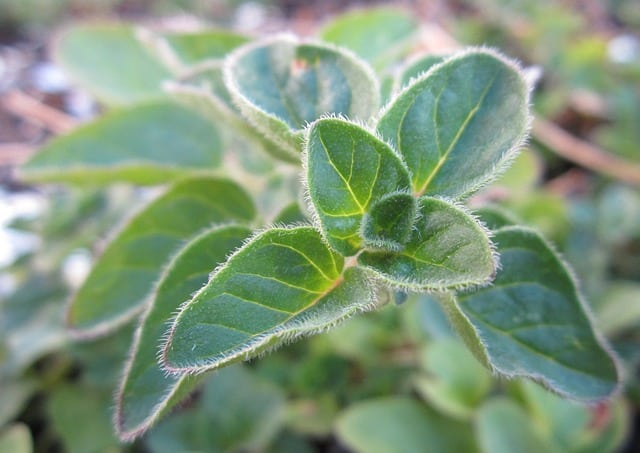
Oregano prefers milder conditions but can be planted in November in well-drained soil to start the growth process.
Temperature Tolerance: It withstands frost but thrives in warmer conditions.
Growing Zones: Best in southern regions of the UK.
Space seeds or seedlings 12 inches apart for optimum growth.
Sage
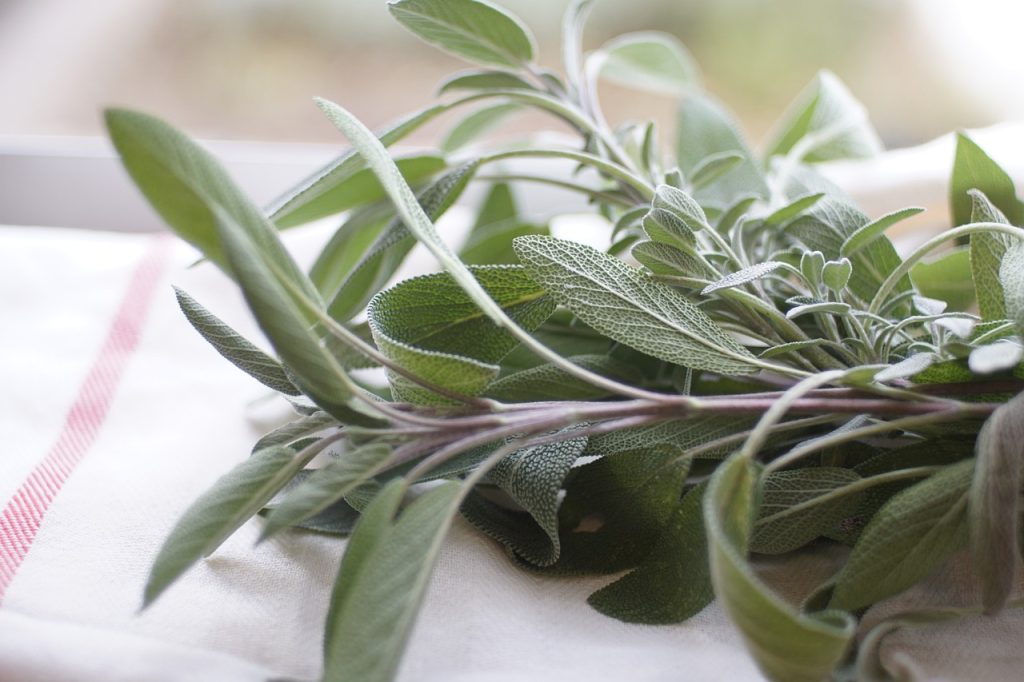
Sage is a resilient herb that can be planted in November for spring harvesting.
Temperature Tolerance: This herb loves cool weather and can handle chilling temperatures.
Growing Zones: Suitable across most of the UK.
Sow seeds about 1/4 inch deep; well-drained soil is crucial for success.
Mint
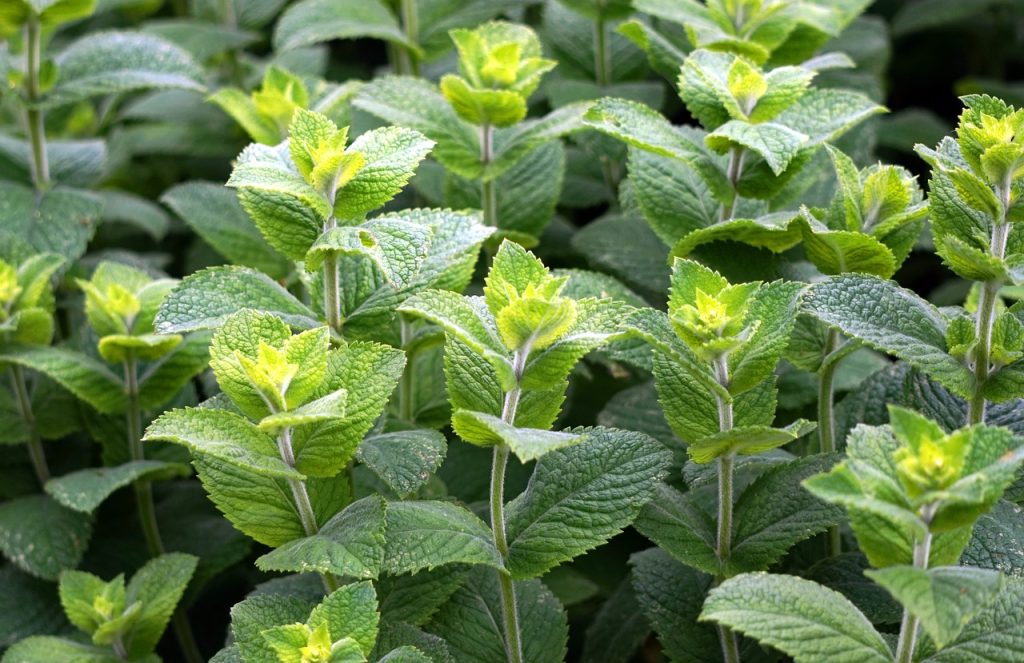
Mint is a vigorous grower and can be sown in November for a lush summer harvest.
Temperature Tolerance: Mint can survive colder conditions and reemerges robustly in spring.
Growing Zones: Adaptable throughout the UK.
Be careful to plant mint in contained areas, as it spreads quickly. Sow seeds or cuttings about 1 inch apart.
Lovage
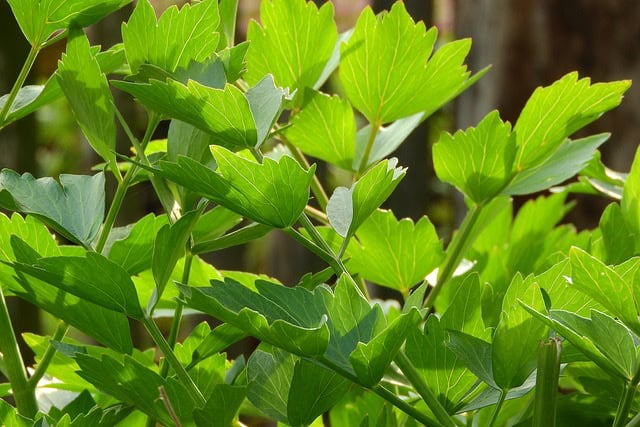
Lovage, an often-overlooked herb, can also be planted in November for its unique celery-like flavor in future dishes.
Temperature Tolerance: Thrives in cooler temperatures.
Growing Zones: Grows well in most of the UK, particularly in damp, well-drained soil.
Plant seeds around an 18-inch spacing to allow for adequate growth.
Fennel
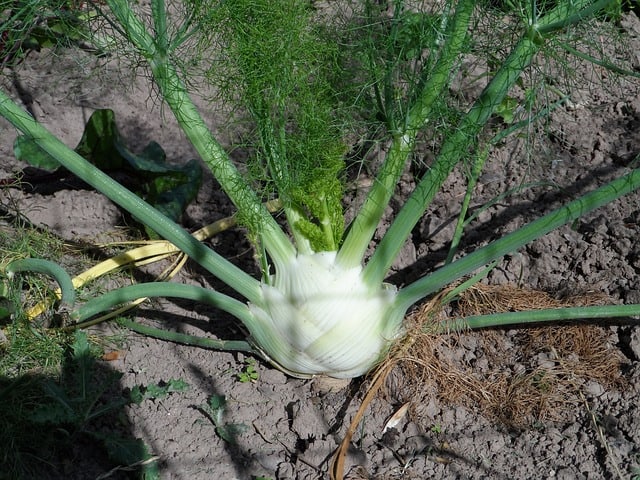
Fennel offers both feathery foliage and a unique flavor for culinary use.
Temperature Tolerance: It can survive light frosts.
Growing Zones: Best suited for southern and mild coastal areas.
When planting fennel, space the seeds about 12 inches apart for adequate growth.
Tarragon
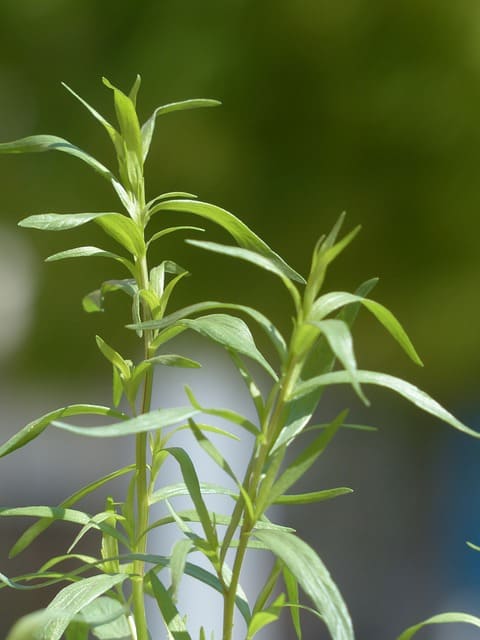
Tarragon is a perennial herb that can handle cooler temperatures, making it suitable for late autumn planting.
Temperature Tolerance: It can endure frost, strengthening its flavor.
Growing Zones: Typically grown in well-drained soil across the UK.
Space plants 12 inches apart, as they will spread over time.
Lemon Balm
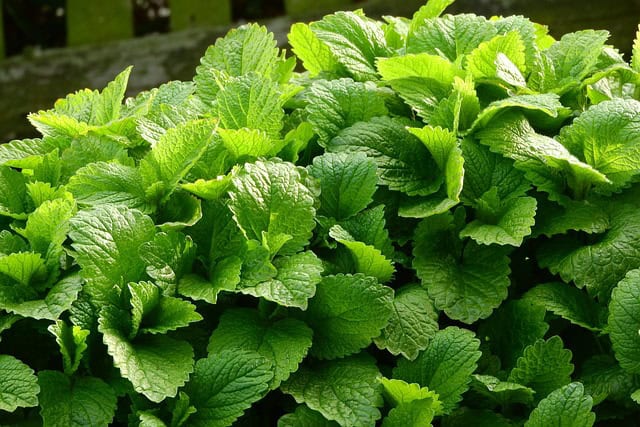
This aromatic herb loves milder conditions and is easy to cultivate.
Temperature Tolerance: It can handle frost exposure and will rejuvenate in spring.
Growing Zones: Ideal for most regions, though it prefers a sunny spot.
Sow seeds about 1/4 inch deep and consider placing them in clusters to create a fragrant patch.
Winter Savory
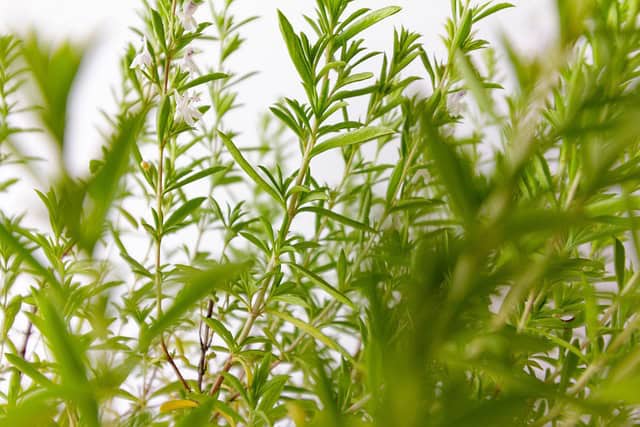
Winter savory is a hardy perennial that can be sown in November.
Temperature Tolerance: It thrives in colder conditions.
Growing Zones: Grows well in most regions of the UK.
Sow seeds thinly in well-drained soil. Winter savory also helps repel pests.
Landscape Plants To Plant In November
The winter landscape can be enhanced by inserting various hardy plants and shrubs that can establish roots before the frost sets in. Here are ten landscape plants perfect for November planting.
Hellebores
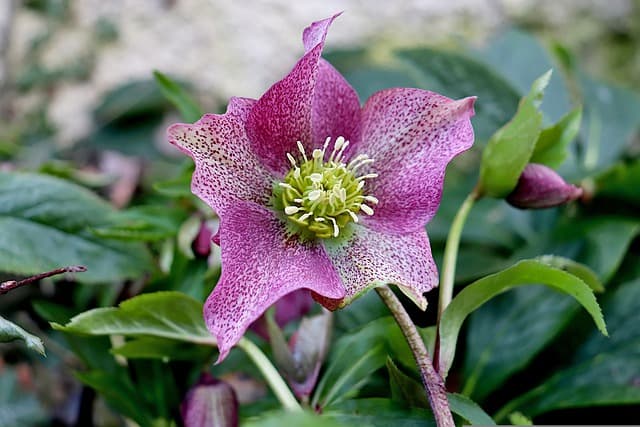
Hellebores, also known as the Christmas rose, are a popular choice for winter planting due to their early spring blooms.
Temperature Tolerance: They withstand frosty conditions, even thriving in shaded spots.
Growing Zones: Suitable across most of the UK.
They prefer rich, well-drained soil. Plant them at a depth appropriate for their size, enabling quick establishment.
Winter Jasmine
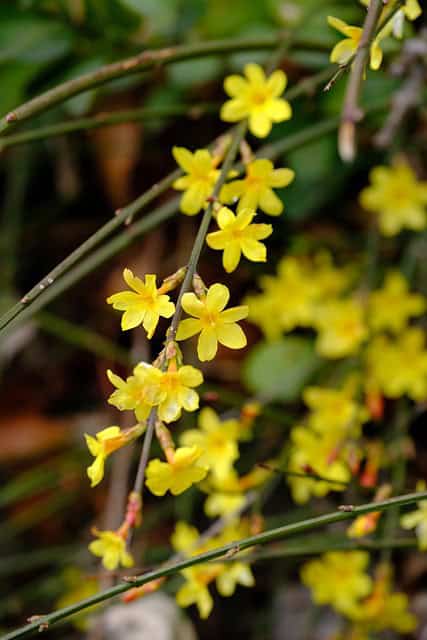
Winter jasmine is a hardy shrub that brings color to bleak winter gardens with its golden-yellow flowers.
Temperature Tolerance: Strongly tolerates frost and harsh temperatures.
Growing Zones: Suitable in southern regions and mild parts of the UK.
Plant in well-drained soil; spacing them about 3-4 feet apart will allow them to spread adequately.
Mahonia
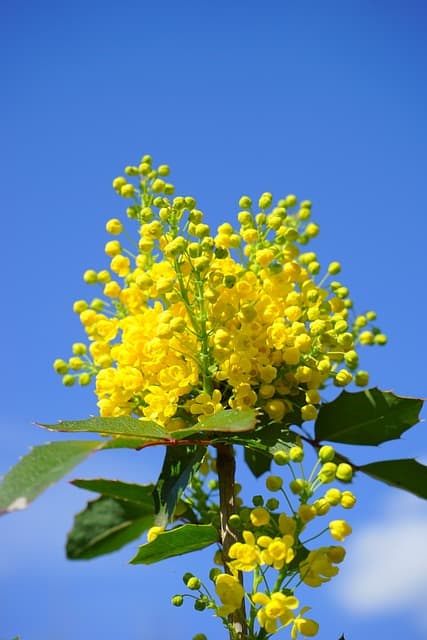
Mahonia offers evergreen foliage and vibrant yellow flowers in winter, enriching any landscape.
Temperature Tolerance: It’s highly frost-resistant.
Growing Zones: Best suited for mild to moderate climates in the UK.
An ideal planting depth for mahonia is around 1-2 inches, placing them 3 feet apart for proper air circulation.
Bamboo

Bamboo varieties, such as Fargesia, can be established now to create privacy and structure in gardens.
Temperature Tolerance: Hardy in cooler climates.
Growing Zones: Best for milder regions for optimal growth.
Plant these in groupings or clusters, 2-3 feet apart, ensuring adequate drainage for their roots.
Holly
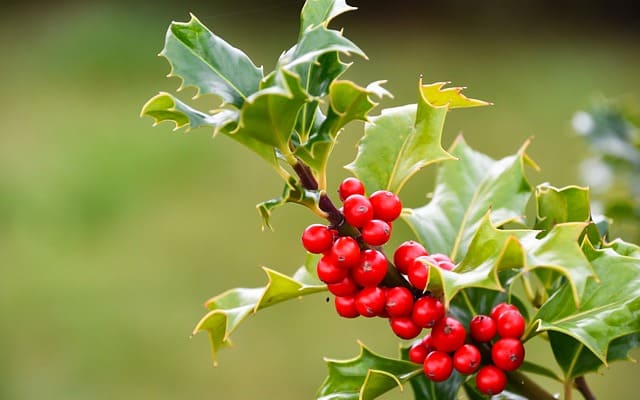
Holly makes for a classic winter plant. Its vibrant red berries add a festive touch.
Temperature Tolerance: Very frost-tolerant.
Growing Zones: Thrives throughout the UK.
When planting, create a hole big enough for the root ball and place it at the same depth as it was in the pot.
Dogwood
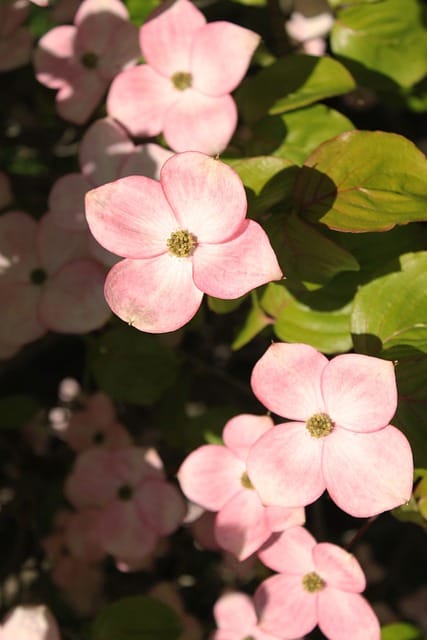
Dogwood trees offer spectacular winter stems that illuminate the garden during the colder months.
Temperature Tolerance: They can endure low temperatures.
Growing Zones: Adaptable to various UK climates, though often seen in the south.
Space plants 2-3 meters apart and ensure the soil remains moist for best results.
Evergreens
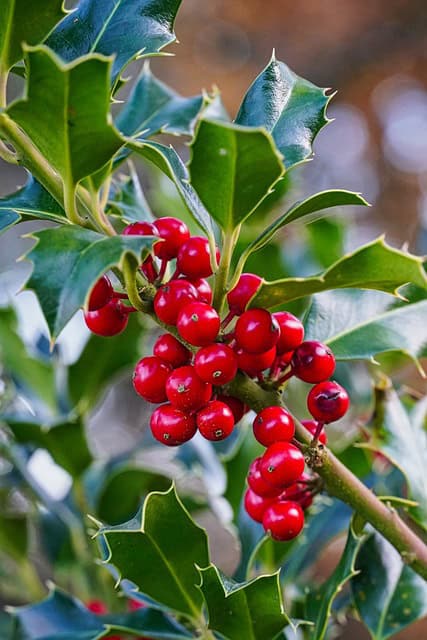
General evergreen shrubs provide year-round interest and screening.
Temperature Tolerance: Highly frost-resistant.
Growing Zones: Perfect across all UK regions.
When planting, space according to the size of mature plants, typically after considering at least 3-5 feet.
Periwinkle (Vinca)
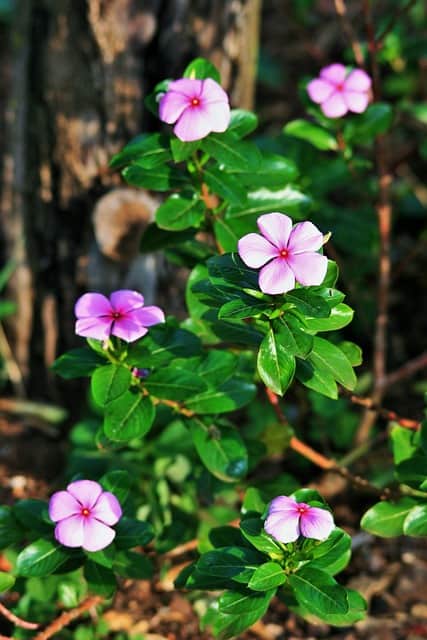
Periwinkle is a versatile ground cover that’s hardy in various conditions.
Temperature Tolerance: It’s frost-resistant, making it suitable for winter interest.
Growing Zones: Good for most of the UK.
Plant periwinkle at a depth of around 1-2 inches, spacing plants about 12-18 inches apart for coverage.
Grasses
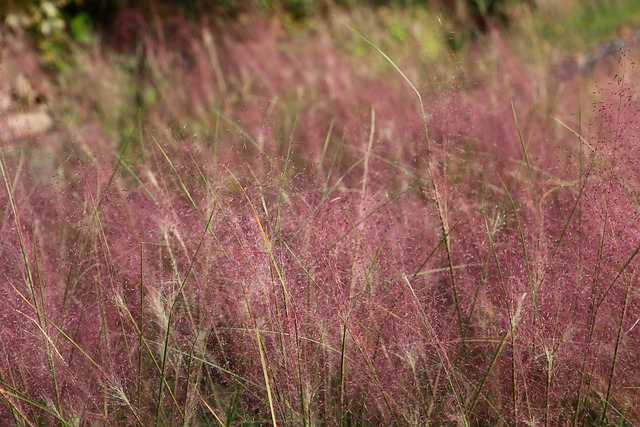
Many ornamental grasses can be planted in November, adding textural interest to winter gardens.
Temperature Tolerance: Tolerate colder conditions well.
Growing Zones: Suitable for most areas in the UK.
Space these grasses according to their mature width, typically about 12-24 inches apart.
Winterberry Hollies
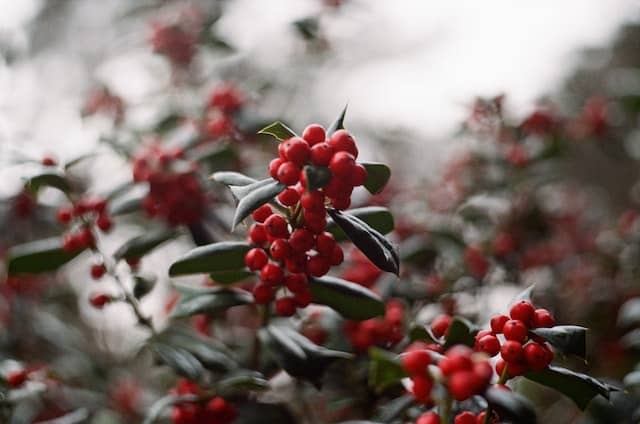
These hollies are unique deciduous evergreens that provide bright berries in winter.
Temperature Tolerance: They can withstand frost without issue.
Growing Zones: Mainly in southern and moderate areas of the UK.
With proper planting 3-5 feet apart, they require moisture-retentive yet well-draining soil.


